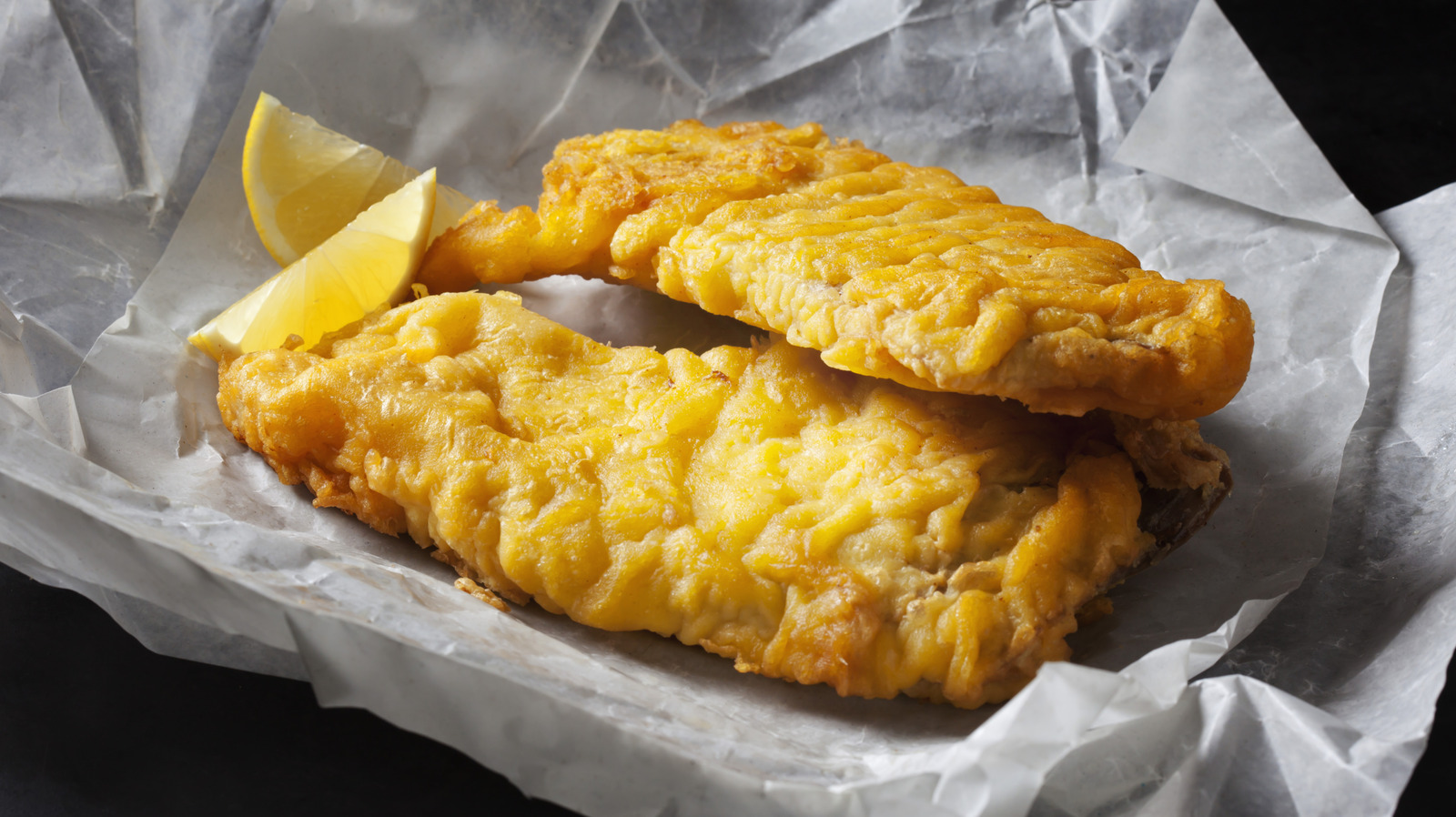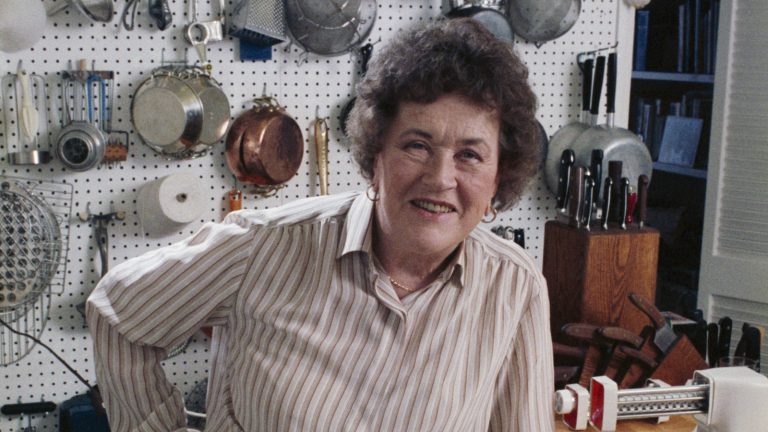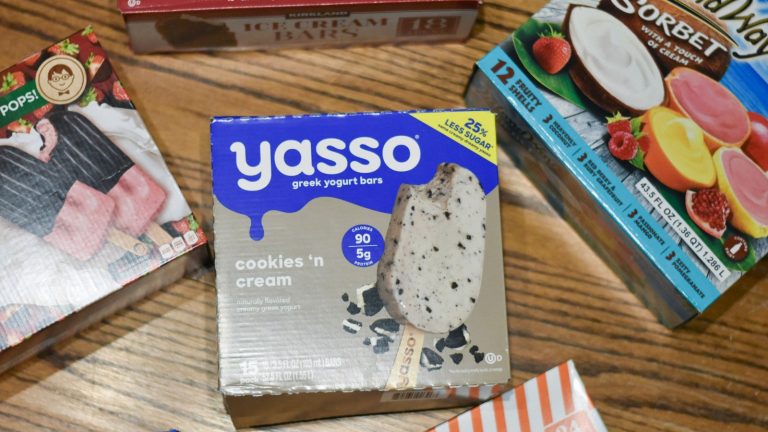A plate of fried fish offers a perfect balance of crunchy, golden crust and soft, flaky flesh. These crispy fillets are satisfying when fresh, but they can quickly become limp and soggy if they’re not eaten right out of the fryer. This doesn’t mean that you can’t make fried fish in advance. It just means you have to be strategic about how you cook it.
To get some insight into the best way to prepare fried fish ahead of time, we spoke to Kory Foltz, the Director of Culinary for Sunseeker Resorts in Charlotte Harbor, Florida. According to him, keeping fried fish fresh starts with using the right ingredients in your batter. First things first, using a medley of different starches is a must. “I use cornstarch or rice flour mixed with traditional flour to get a very crispy batter,” he says. When water separates from starch in the frying process, its bonds strengthen. This makes for extra crispy batters that adhere better to the flesh of the fish.
To create an even crunchier crust, pour some bubbly into the batter, too. “When making my batter, I use a carbonated beverage of some kind (usually beer) as the bubbles create a lighter, crispier batter by adding air into the mixture,” he says. Finally, temperature also matters. According to Foltz, “I always chill my batter and ensure my fish is chilled as well.” When the chilled, battered seafood hits the bubbling hot oil, it produces a more greaseless coating. From there, you can add some classic seasonings that are ideal for a fish fry and get ready to cook.
Once your batter is ready, it’s time to fry
Starting with a nice batter ensures your fried fish won’t fall apart. According to Kory Foltz, the next step to making fried fish in advance, without losing its essential crisp and crunch, is to save the final fry until right before you serve. “The best thing to do is cook it partially, somewhere around 75 to 80% cooked. Once you arrive at that point, remove from the oil, drain well, and cool it completely,” he says. Frying fish in segments like this helps you get the majority of the work out of the way before guests arrive. (Pro tip: The best oils for deep-frying that fish are canola and vegetable oils.) When you want to eat, the meal will be ready in minutes instead of hours. “When it’s time to reheat, just pop it back into the oil to finish cooking it,” Foltz says of his double-fried approach.
If you still have to wait before serving, avoid a soggy plate of fried fish by keeping it off of suffocating solid trays. “If you have to hold it hot, the best thing to do is to allow air to circulate around it by putting it on a wire rack. This will help prevent it from getting soggy,” Foltz says. Fried fish is delicious, but keeping that gorgeous, golden crust crunchy takes work. With a few of these simple expert tips in mind, your fish fry just got a whole lot easier.






